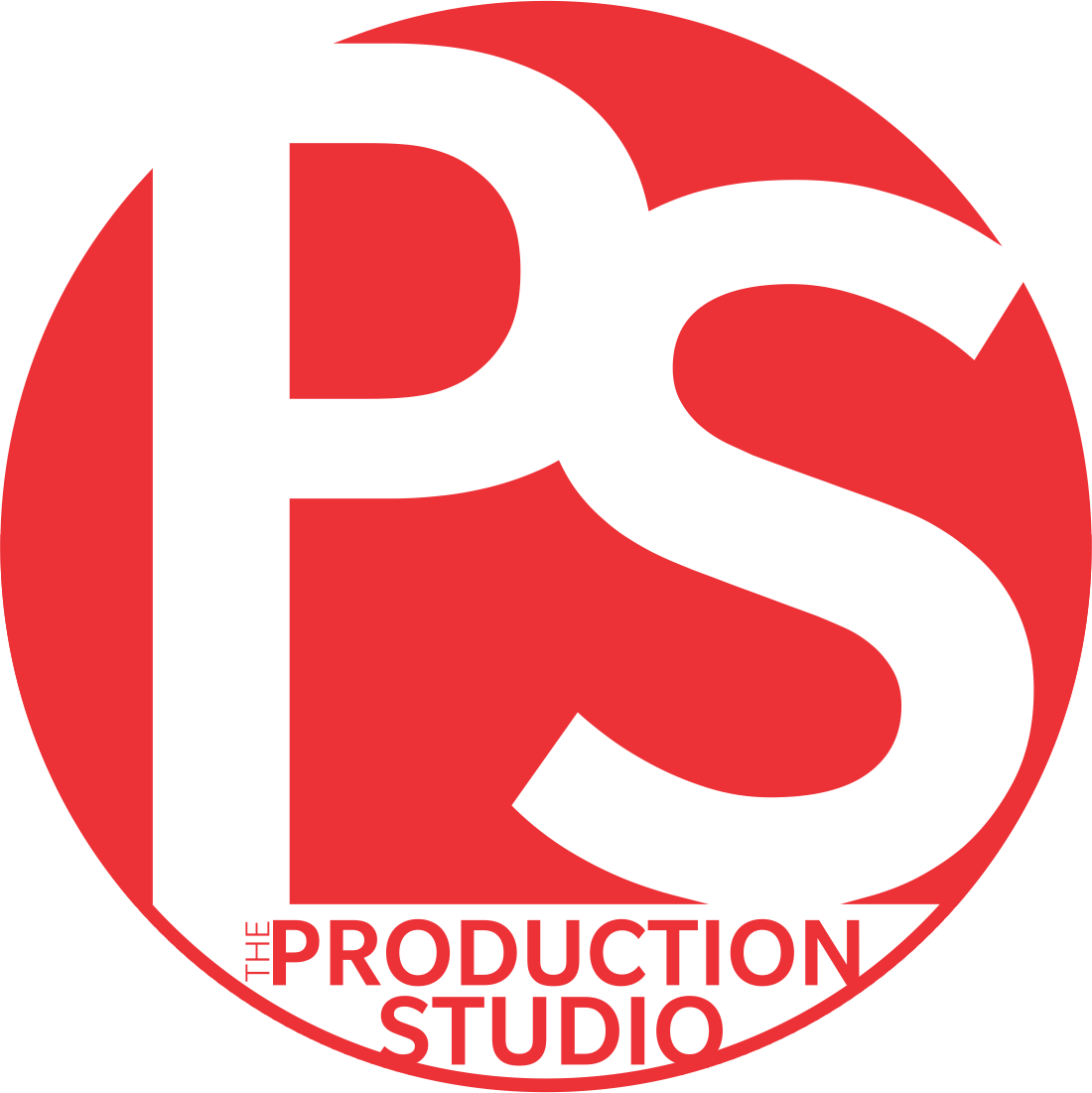The studio is a professional photographer’s second home away from home. It could even be located in your actual home, but it should be a setting that you can feel secure and free of distractions. Designing your studio space is also important, it should look and feel separate from a bedroom, for example. It needs to be built around productivity, so we’re here to give you some tips on what is best to focus on for building the perfect photography studio.
Residency Program
The Residency Program at The Production Studio is a great way to start utilising a space where you have little overhead and can run your photography business out of. Meeting clients in a professional space can help you land the deal and give you a home base to operate out of. For more information on the residency program click here. Remember, with 4 spaces to shoot out of there will always be one available and we can make any custom package to suit your needs.
Maximizing Space
When it comes to renting out a studio space for photography, space is everything. Don’t underestimate the importance of space to work, move, and think in. This is about comfort and the ability to grow as a photographer. Space also allows for more creative freedom, capturing your subjects without relying on zoom too heavily is key. Headspace is also important, try to get a place for your studio that has elevated ceilings to really take control of your lighting.
Convenience and Class
Where your studio is located is almost as important as the studio itself. If you only focus on the cost of rent, you might end up with a studio that is either located in a spot that is not in close proximity with your own house or is located in a drab industrial district, which could turn off clients. Appearances can and do matter, so consider this when planning your studio location.
Controlling your Craft
Sunlight is certainly ideal, however controllable light is more vital. So, in the event that you have access to common light that you can't control, it’s better to pick a spot you'll need to falsely light that you can control.
Expansive, upscale, open gathering places are super helpful for a photography studio. A flatscreen TV makes a pleasant expansion to the waiting room – demonstrating your portfolio pictures or motivating art videos.
The camera room ought to be separate from the business room. If not totally discrete, the two ought to be isolated by separation or themes. The main thing you ought to do in the camera room is shoot. Everything else needs to happen elsewhere.
A changing area is another great idea. The changing area ought to offer good security and ideally, be no less than a porta-john to consider simple outfit swapping. The changing area ought to offer a little seat and table and in addition places to hang garments. A lavatory can serve as a changing area insofar as it's sufficient for allowing a person to stretch their arms and legs around.
Intangibles
A reliable power grid. You ought to expect that a normal studio will utilize significantly more power than the customary office workspace. By and large the camera room ought to be white, dark, dim or nonpartisan in shading. This keeps away from inadvertent reflections. And, finally, keep your studio stocked with lots of comforting items for all the senses: healthy snacks, beverages/alcohol, mints, and music playlists for different personalities.





